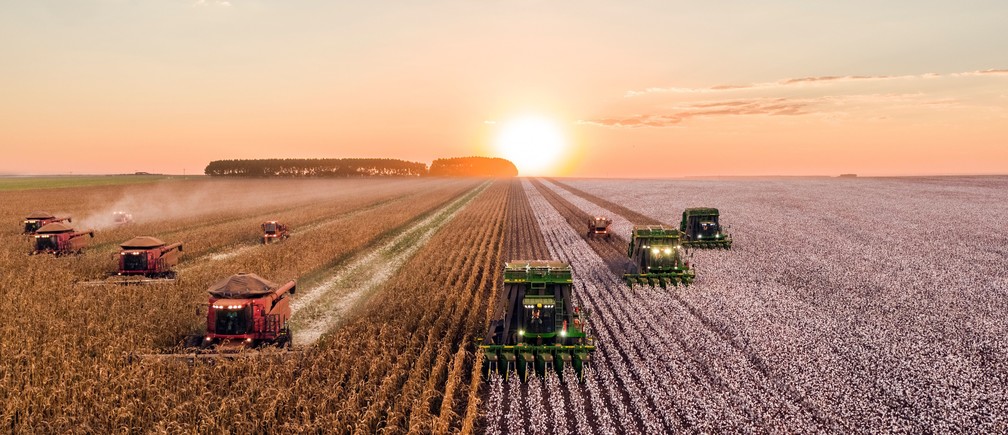By Todd Hultman DTN Lead Analyst
It doesn’t seem that long ago Hurricane Harvey hit Texas in August, followed by Hurricane Irma in September. That was in 2017, and in both cases cotton production was lost. In some cases, even bales already harvested were ruined in the storms.
Early 2018 saw cotton plantings increase to 14.1 million acres from 12.7 million the year before, and there was some excitement in places like Kansas that unprofitable wheat acres were being given an opportunity for a better return by going to cotton. The shift to cotton helped give wheat prices a lift in early 2018.
Add in a West Texas drought and December cotton prices made their way to a high of 94.82 cents per pound by June 8, 2018, the highest December price cotton had seen in over six years. Not surprisingly, noncommercial traders could not resist the excitement of that bullish party and amassed 126,399 net longs in early June, their highest such position on record. Pardon the pun, but just over a year ago bullish traders and growers who survived 2017 with a crop were in tall cotton.
December Cotton Prices
For those who have been around markets a while, you probably suspect where this story is headed, and you would be right. December cotton prices have been falling since June 2018 and hit a low of 61.66 cents last week, a 35% drop in just over a year. Those bullish noncommercials finally turned bearish in May and are now holding just 31,959 net shorts.
Even with the Texas drought, 2018 finished with a decent crop of 18.37 million bales, a little more than the 17.50 million bales expected to be consumed or exported in 2018-19. U.S. cotton plantings are down slightly in 2019, but are enough for USDA to predict a 22.0 million-bale crop. If true, that will be the largest U.S. cotton crop since 2005-06, back before the ethanol mandates drove acres into corn.
Trade War Casualty
Like soybeans, cotton was hit by China with a 25% tariff last July and has been one of the trade-war casualties. All U.S. exports of upland cotton are down 40% to China in 2018-19, but are only down 12% in total, thanks to increased help from other buyers like India and Vietnam.
The other aspect of the trade war with China is that global economic growth has slowed and the 125.5 million bales of world consumption USDA predicted for 2019-20 in February is now down to an estimated 124.3 million bales. If USDA’s July estimate is close, world ending cotton stocks will total a comfortable 80.4 million bales in 2019-20, up slightly from 79.3 million bales the previous year.
In spite of excessive and heavy rain amounts along the Mississippi Delta this year, USDA says 60% of the U.S. cotton crop is rated good to excellent — not a bad score. The biggest improvement is in the top producing state of Texas where 58% of crops are rated good to excellent this year versus only 20% in 2018.
Fundamentally, there is nothing on the horizon suggesting cotton prices are going to trade significantly higher anytime soon. But there are technical clues that prices should be getting close to a bottom.
For December cotton, prices are not far from their 10-year low of 54.19 cents made in 2016. The weekly stochastic is oversold and may be close to turning higher. Most importantly, noncommercials and managed futures funds tend to lose money when they go short at such cheap prices.
For those who care more about grains and are only curious about cotton, the main lesson here is that cotton prices are depressed and are not apt to offer much enticement for planting in early 2020. The way things stand at the moment (assuming no change in the trade war with China), the whole country is going to be planting corn in 2020 and that is more than a little unnerving.
Todd Hultman can be reached at Todd.Hultman@dtn.com
Πηγή: Agfax

